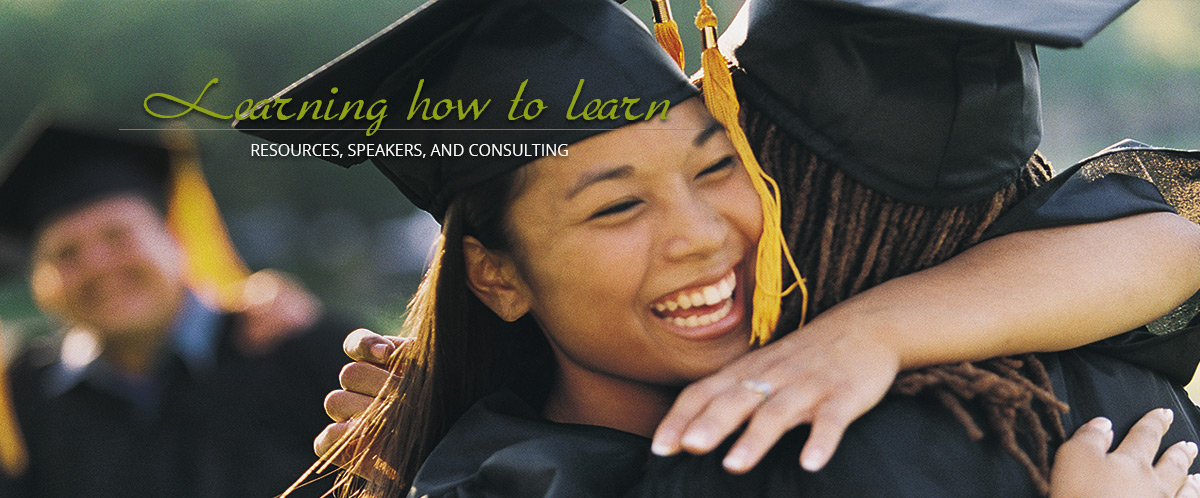After high school, what’s next? This is a question that requires planning. Post-secondary planning is a very personal and individual event. But if done with forethought and strategy, it can be a process that leads to reaching goals that you set out to accomplish.
- Tools for planning life after high school.
- The parent’s role in the planning process.
From the National Collaborative Workforce Disability for youth (NCWD)
The Guideposts for Success are a framework to assist the multiple organizations that need to be involved to meet the needs and improve the transition outcomes of all youth including youth with disabilities and to create necessary community webs of support.
The Guideposts for Success for Youth with Learning Disabilities provide guidance to caring adults and youth service professionals for improving services and outcomes for youth, ages 14 to 25, with diagnosed and undiagnosed learning disabilities.
Youth and young adults with learning disabilities are over-represented in a wide array of government-supported programs—adult education, vocational rehabilitation, welfare, corrections, and others. Many of these young people may not even be aware that they have a learning disability, although they may know that they have not done as well as many of their peers in traditional classrooms and in work and social settings.
The transition from adolescence to adulthood is not an easy one. Making decisions and dealing with challenges in academic, vocational, and social settings are difficult but essential parts of life. Young people need to nurture interpersonal relationships, to find their place in groups, and to establish their identity as adults. Support from caring adults can ease this transition. The Guideposts point the way to providing the necessary supports.
http://www.ncwd-youth.info/guideposts/learning-disabilities
Resource Books & Articles:
- Learning How To Learn: Getting Into and Surviving College When You Have a Learning Disability By: Joyanne Cobb
- Learning a Living By: Dale S. Brown
- Top Ten Things to Think About as you Prepare for your Transition to Adulthood By: Joyanne Cobb
